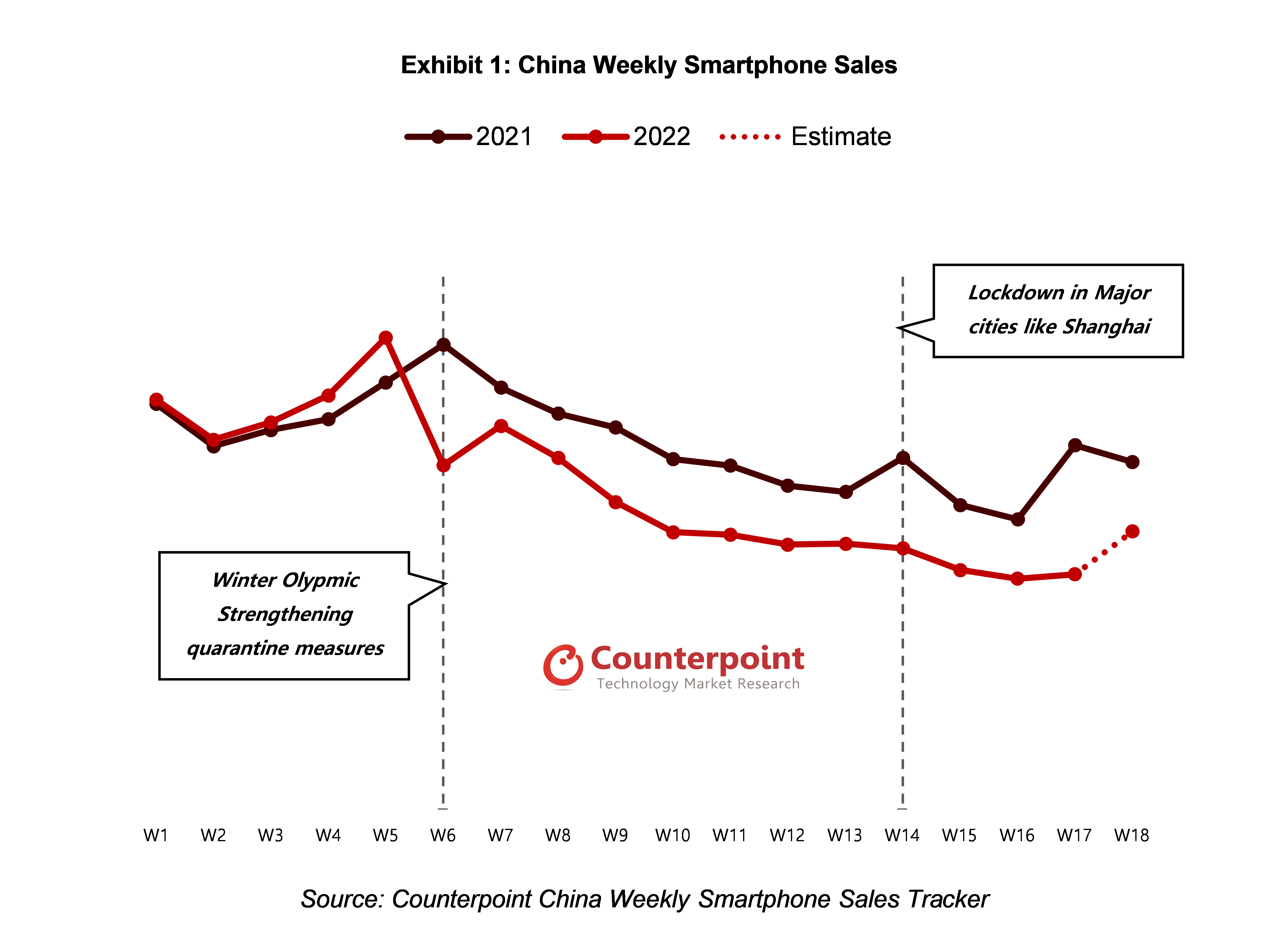 Nike, the well-known sneaker giant, experienced a significant drop in its stock price after cutting its full-year guidance and warning of soft sales in China and “uneven” consumer trends worldwide. The company now expects sales in fiscal 2025 to decrease by mid-single digits, compared to its previous expectation of growth. Additionally, Nike anticipates sales in the first half of the year to decline in the high-single digits, rather than the low-single digits as previously projected.
Nike, the well-known sneaker giant, experienced a significant drop in its stock price after cutting its full-year guidance and warning of soft sales in China and “uneven” consumer trends worldwide. The company now expects sales in fiscal 2025 to decrease by mid-single digits, compared to its previous expectation of growth. Additionally, Nike anticipates sales in the first half of the year to decline in the high-single digits, rather than the low-single digits as previously projected.
According to Nike’s finance chief, Matthew Friend, the company’s revised outlook for fiscal 2025 takes into account various factors and scenarios. These include slower online sales, planned declines in classic footwear franchises, “increased macro uncertainty” in Greater China, and “uneven consumer trends” across Nike’s markets. Nike also expects slower sales to wholesalers as it focuses on scaling new innovations and reducing reliance on classic franchises.
Despite beating earnings estimates for the fiscal fourth quarter, Nike fell short on revenue. Its reported net income for the period was $1.5 billion, and sales dropped to $12.61 billion, down approximately 2% from the previous year.
Nike executives attributed the sales miss to several factors. The lifestyle business declined during the quarter, while momentum in the performance business, such as basketball and running shoes, wasn’t enough to offset it. Nike also experienced weakness in online sales due to a higher share of lifestyle products. In addition, traffic in China declined starting in April due to macro conditions in the region.
However, despite the traffic decline in China, Nike’s sales in the region exceeded expectations. Sales in North America, its largest market, came in slightly below expectations, while Europe, the Middle East, Africa, and Asia Pacific and Latin America were also slightly below estimates.
Nike’s recent challenges can be attributed to a variety of factors. The company has faced criticism for falling behind on innovation and has been working to walk back its direct-sales strategy, which had not produced the desired results. Nike had initially focused on driving sales through its own website and stores but later realized that it had gone too far in moving away from wholesalers.
During the quarter, Nike’s direct revenues declined by 8% compared to the previous year, while wholesale revenue increased by 5%, indicating a shift in strategy back towards wholesalers. Some analysts believe that Nike’s focus on direct sales led to a decrease in innovation, which allowed upstart competitors like On Running and Hoka to capture customers with new designs.
To address these challenges, Nike plans to reduce the number of products on the market in favor of new innovations. The company is also banking on new styles and the upcoming 2024 Paris Olympics to regain solid footing.
However, Nike also faces external challenges beyond its control. The overall athletic category is expected to face a slowdown as consumers shift towards dressing up and denim makes a comeback. Despite these challenges, Nike has focused on cutting costs to maintain strong profits amidst unpredictable sales.
In December, Nike announced a broad restructuring plan to reduce costs by approximately $2 billion over the next three years. Additionally, the company has implemented job cuts and is investing in growth areas such as running, the women’s category, and the Jordan brand.
In conclusion, Nike’s recent financial performance reflects its struggle to adapt to changing consumer trends and competition from upstart brands. However, the company remains committed to innovation and is implementing cost-cutting measures to maintain profitability. While challenges persist, Nike is confident in its ability to serve athletes through performance innovation and grow its business in the long term.

